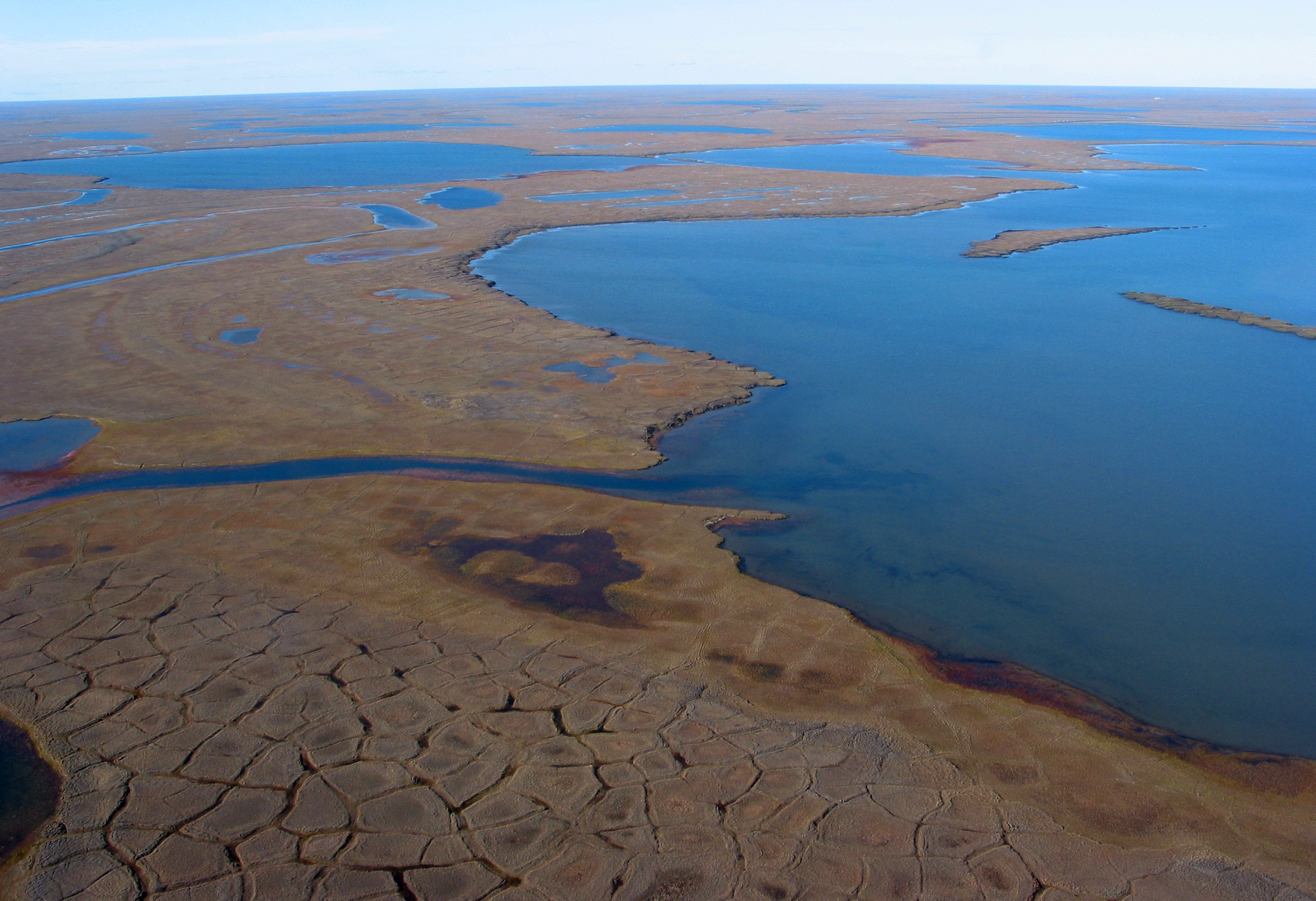U.S. ditches Trump-era policies for Arctic Alaska oil reserve
The Trump plan to broadly expand drilling opportunities in the reserve were subject to court battles, and no lease sales took place under that plan.

ANCHORAGE — The Biden administration on Monday overturned a controversial Trump-era policy that would have opened new swathes of Arctic Alaska to oil development.
The Bureau of Land Management, part of the Department of Interior, resurrected Obama-era management policies in the National Petroleum Reserve in Alaska, a 23-million-acre (9.3 million hectare) area on the western side of Alaska’s North Slope. Alaska’s oil production has been declining for decades and reached a 45-year low last year.
Those reinstated policies, contained in a plan presented in 2013, allow oil leasing in about half of the reserve while boosting protections for areas considered important to the Arctic ecosystem and to indigenous residents.
The plan announced by the administration of former President Donald Trump in 2020, sought to allow oil development on more than 80 percent of the reserve. It would have allowed leasing even at Teshekpuk Lake, the North Slope’s largest lake and an area prized for wildlife that had been protected under rules dating back to the Reagan administration.
Trump’s plan was challenged by two lawsuits filed in the federal court in Alaska. No lease sales were ever held under it. The move to reinstate Obama-era management policies was part of Interior’s response to those lawsuits.
After peaking at more than 2 million barrels of daily crude production in 1988, Alaska’s oil output has been waning, hurt by reduced investment and better opportunities in the shale fields in other states. In 2021, the state produced just 437,000 barrels of oil a day, according to the U.S. Energy Information Administration.
The National Petroleum Reserve, the largest tract of undisturbed public land in the United States, has drawn interest from oil companies that are expanding development farther west on the North Slope. Development is clustered in the northeastern corner of the reserve, the area closest to existing pipelines and legacy oil fields on state land to the east.
ConocoPhillips is the most active company in the reserve. Its interests there include the proposed multibillion-dollar Willow project, which holds an estimated 600 million barrels of oil.
U.S. Senator Dan Sullivan, an Alaska Republican and supporter of expanded leasing, criticized the decision as reducing energy security at a time when Russia had invaded Ukraine, even though the Trump-era plan was not expected to immediately boost production, if at all.
“Ukrainian grandmothers are bravely standing up to tanks, but President Biden can’t even bring himself to stand up to the woke left and unleash American energy production,” Sullivan said on Twitter.
Environmentalists welcomed the Biden administration’s decision but called for more protections.
“The answer to energy security does not lie beneath the thawing Arctic permafrost but in accelerating the shift to clean, renewable sources of power generation,” said Kristin Miller of the Alaska Wilderness League.
Additional reporting by Timothy Gardner in Washington.